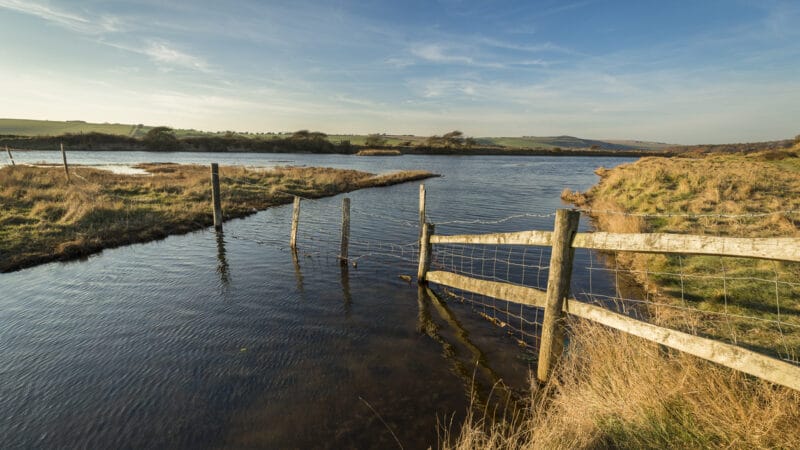Recent determination by MBIE considers What ‘adequate’ provision to protect the land really means
In a recent Determination 024/025, MBIE considered Wellington City Council’s decision to grant a building consent for a large mixed-use development subject to s 72 of the Building Act 2004.
Key findings
The determination provides a helpful summary of the natural hazards provisions, before looking specifically at whether:
- the land in question is subject or likely subject to a natural hazard; and
- ‘adequate provision’ would be made to protect the land.
Unsurprisingly, MBIE found that flood depths of up to 800mm, with flooding present for up to two hours in a 1 in 100 year flood event, met the ‘likely’ test in section 71(1) of the Act. This is consistent with the approach taken in previous determinations and guidance.
Adequate provision: A closer look
The aspect of the determination that is, however, sparking interest is whether adequate provision was made to protect the land. Part of the land would clearly be protected, as fill was proposed to be brought in to elevate the residential units located in the middle of the site. However, this wasn’t true for the whole of the site, and inundation was modelled to potentially enter the ground floor of some units, as well as the common walkways between units.
Importantly, MBIE found that it was not sufficient for the land to be subject to the hazard and for that land to be intimately connected with the building work. Instead, MBIE found that there also needed to be evidence of damage to that part of the land as a result of the hazard and, in the absence of such evidence, was satisfied that adequate provision had been made to protect the land from the hazard.
What does this mean for councils?
From our discussions with our local government community, we know that this determination has spurred interest, and it remains to be seen how it will impact councils’ processes.
For further guidance on navigating issues relating to natural hazards, please contact our Regulatory team Director, Laura Bielby, on 021 081 25063 or laura.bielby@ricespeir.co.nz.






